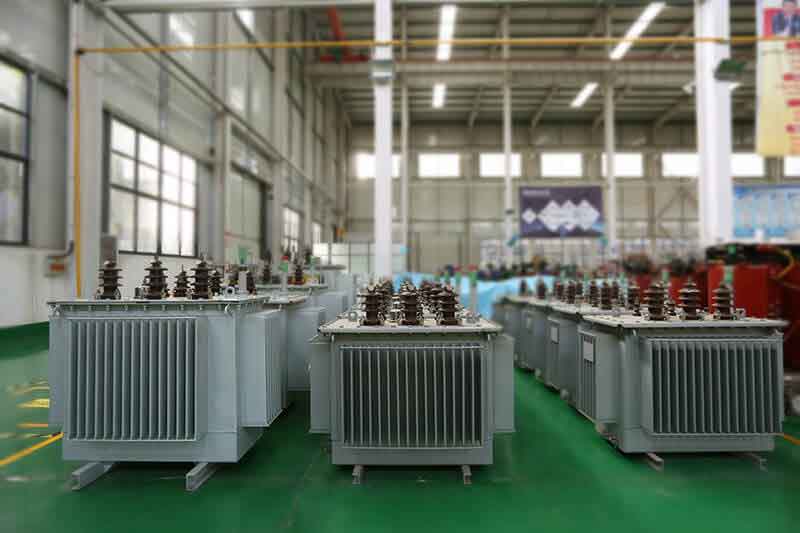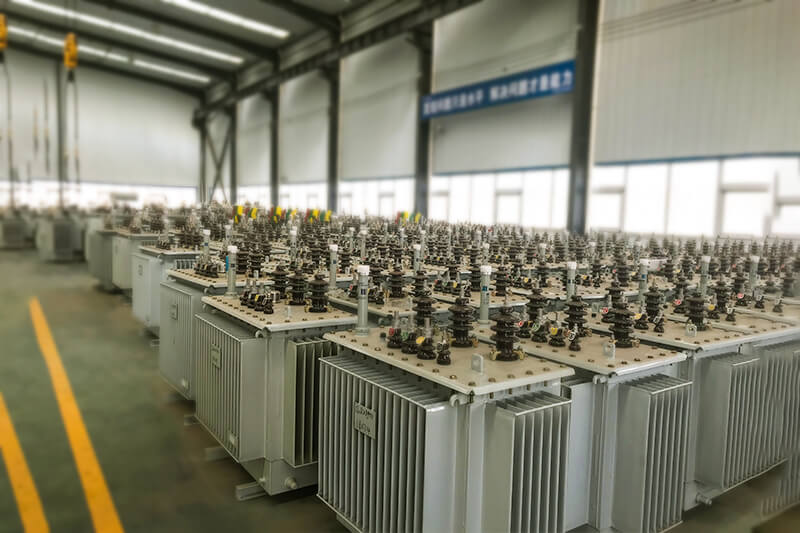Does S13 transformer have radiation?
The S13 transformer is manufactured using the principle of electromagnetic induction. The radiation of the S13 transformer is also continuously generated by various electromagnetic waves. The appearance of electromagnetic waves makes the operation of the S13 transformer and the functions of the basic components more perfect. However, while S13 transformer brings great convenience to our production and life, everyone is also worried about the large electromagnetic waves and radiation carried by the S13 transformer.
We must have a scientific and objective understanding of electromagnetic radiation. The electromagnetic radiation of transmission lines and substations belongs to extremely low frequency electromagnetic radiation, which is different from other high frequency radiation. In addition, the electromagnetic radiation generated during the power transmission process will rapidly decay as the distance increases. Therefore, the staff on duty in the substation and the power plant for a long time work outside the safe distance from electric shock, and their health will not be affected by electromagnetic radiation. According to the requirements, the power transmission and transformation projects have undergone environmental assessment and approval by the environmental protection department to ensure that electromagnetic radiation has no adverse impact on the public.

China’s environmental standards for electromagnetic fields for transmission and transformation are more stringent than international standards. The exposure limit of the power frequency electric field strength issued by the international authority recommended by the WHO to protect public health is 5 kV / m, and the exposure limit of the power frequency magnetic field strength is 0.1 mTesla. China’s protection limit for the public The electric field is 4 kV / m and the magnetic field is 0.1 mTesla. In actual construction, it is often lower than these standards. In the environment around power transmission lines or power facilities, electric and magnetic fields exist separately, and do not form effective electromagnetic energy radiation or form energy absorption in the form of electromagnetic waves like high-frequency electromagnetic fields. Therefore, in the field of extremely low-frequency environmental health impacts, international authoritative organizations only involve the analysis of electric and magnetic fields and do not use the general and vague concept of “electromagnetic radiation”. Nor do any international authoritative organizations misuse “electromagnetic radiation” in this field. “.

The influence of the electromagnetic environment on biological systems depends on the wavelength of the electromagnetic source and the size of its energy. The higher the frequency, the greater the energy, and the greater the impact on the human body. “Ion radiation” is an extremely high frequency electromagnetic wave which has enough photon energy to break the DNA chemical bonds in the genetic material molecules of cells, that is, to produce ionization. “Non-ionic radiation” is a general term for the lower frequency and energy bands in the electromagnetic spectrum, meaning that the photon energy in this frequency band is too weak to break the chemical bonds between cell molecules. They include ultraviolet (UV) radiation and visible light waves, infrared waves, radio frequency and microwave, and extremely low and stationary electric and magnetic fields. No matter how strong the “non-ionic radiation” is, it cannot cause ionization in biological systems.